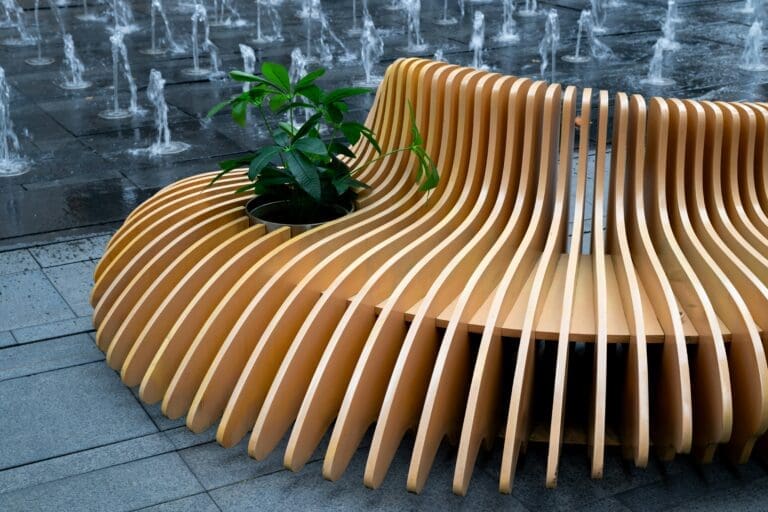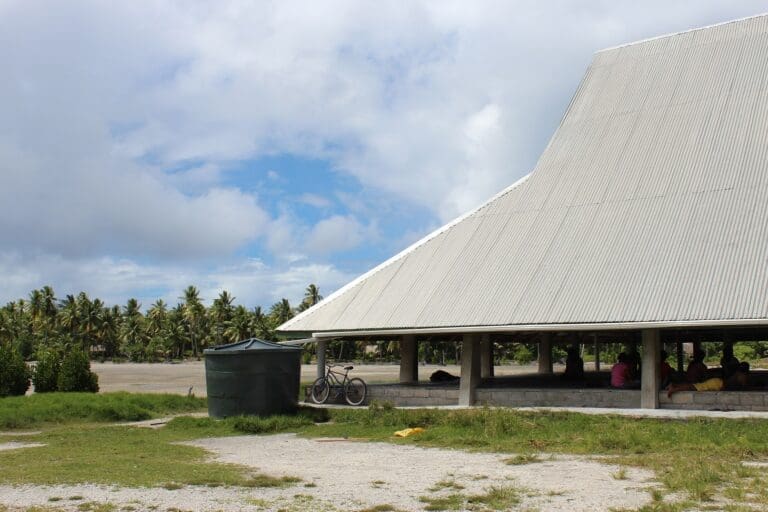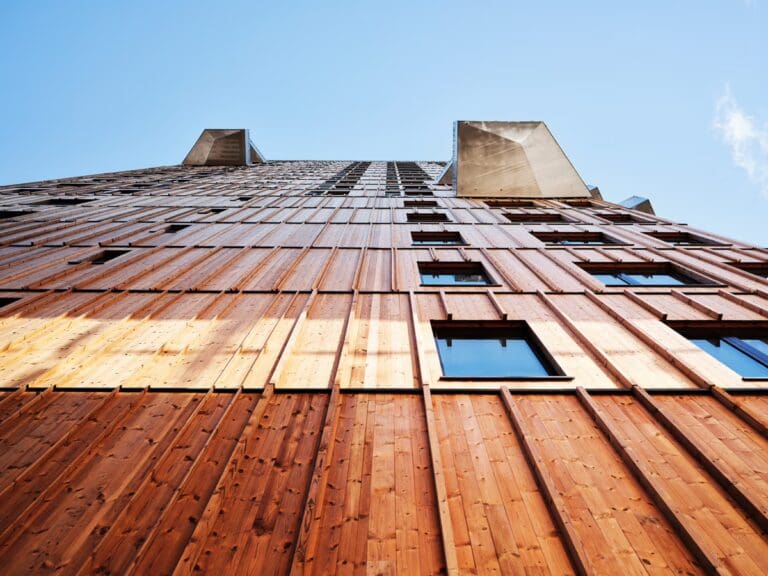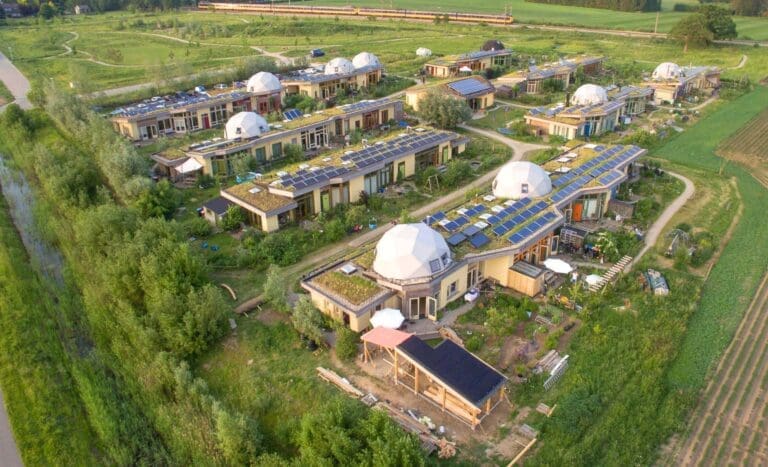Green Solutions for Urban Living
As cities continue to expand and densify, the need for sustainable and eco-friendly solutions becomes more pressing. Vertical gardens—structures that incorporate vegetation into the facades of buildings—have gained attention for their potential to transform urban environments. These green towers offer aesthetic appeal and come with tangible benefits for both the environment and residents. Here, we explore the advantages and challenges of vertical gardens and highlight four iconic examples worldwide.
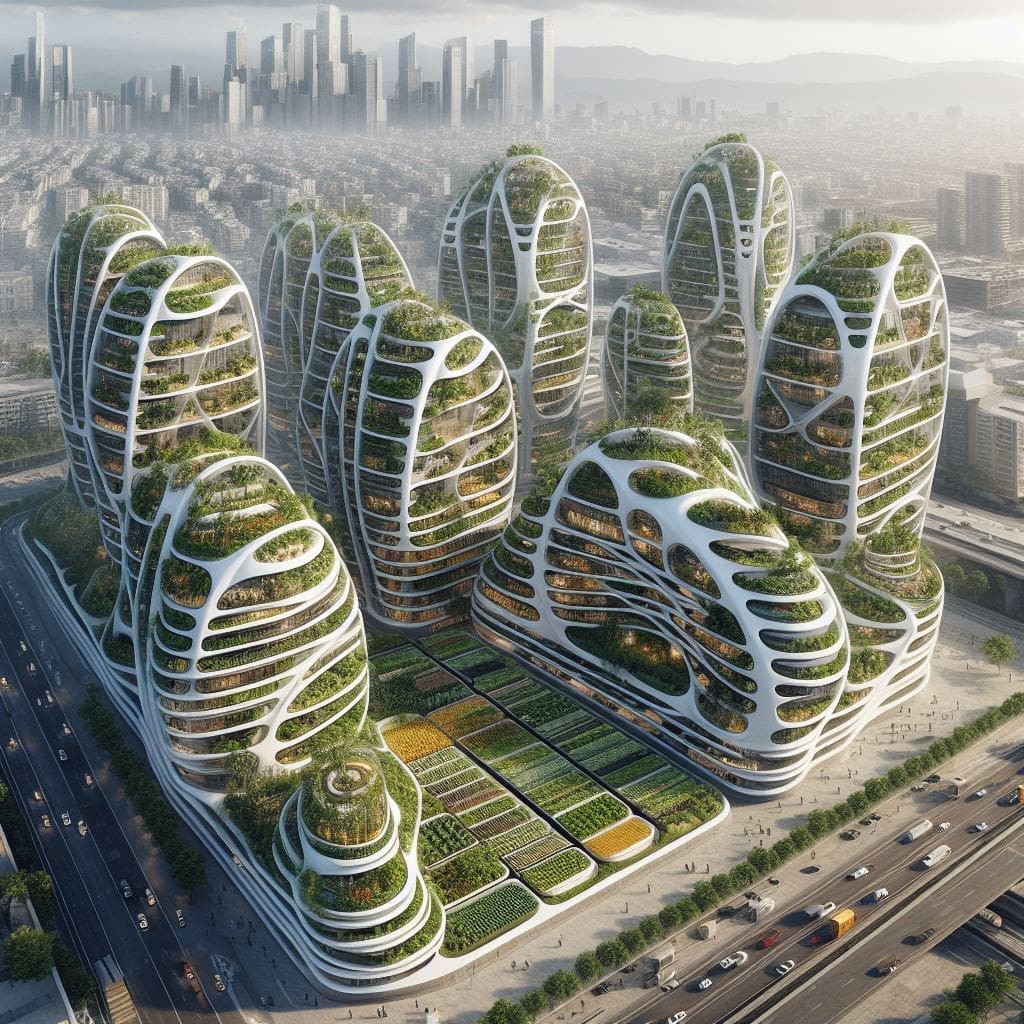
Tangible Advantages
- Energy Efficiency: Buildings with vertical gardens experience improved insulation, which translates to energy savings. A study found that buildings covered with green facades can reduce energy consumption for heating and cooling by up to 30%.[1] This energy efficiency is achieved through the natural shading and thermal regulation provided by plant coverage, reducing the reliance on artificial temperature control systems.
- Improved Well-being: Living near green spaces has been associated with mental health benefits. Residents report lower stress levels and increased satisfaction when exposed to greenery, with a 15% improvement in overall well-being documented among those living in close proximity to vertical gardens.[2] These structures can also dampen noise pollution, enhancing the living experience in bustling urban environments by reducing noise levels ranging from 5 to 10 decibels.[3]
- Environmental Benefits: Vertical gardens act as natural air purifiers by absorbing pollutants and carbon dioxide while releasing oxygen. Research has shown that urban green spaces can lower local air temperatures by up to 2°C, contributing to the mitigation of the urban heat island effect, see https://solarpunkcities.com/health/urban-heat-island-effect-causes-impacts-and-countermeasures/ . Vertical gardens also aid in rainwater management by retaining water, thus reducing runoff and alleviating pressure on stormwater systems.
Challenges
Despite their many advantages, here some caveats:
- Maintenance Costs: Maintaining a vertical garden can be labor-intensive and costly. The need for specialized irrigation systems, regular pruning, and the prevention of pests can result in higher upkeep expenses compared to traditional green spaces. Maintenance can cost between 40 and 150 Euros (42 to 159 USD) per square meter annually.[4].
- Structural Integrity: The weight of soil, plants, and water can put pressure on building facades. Older structures may require significant reinforcement to accommodate vertical gardens, which can limit their application in certain types of buildings.
- Climate Suitability: Not all climates support the growth of vertical gardens equally. Harsh weather conditions, such as extreme heat or cold, can impact plant health and longevity, leading to increased costs for replacement and maintenance.
Implementations Worldwide
- Bosco Verticale, Milan, Italy: Perhaps the most famous vertical garden project is the Bosco Verticale (Vertical Forest) in Milan, Italy. Completed in 2014, this pair of residential towers hosts approximately 900 trees, 5,000 shrubs, and 11,000 plants over an area of 20,000 square meters (215 thousand square feet) of exterior surfaces.[5] The project was designed by Stefano Boeri and has been credited with improving local biodiversity by attracting various bird species to the urban center. Moreover, it is estimated that Bosco Verticale absorbs around 30 tons of CO2 annually while producing 19 tons of oxygen.[6]
Due to its top location within the city of Milan and the high maintenance costs, these apartments are quite expensive and often owned by famous football/soccer players or other VIPs.

- One Central Park, Sydney, Australia: One Central Park in Sydney, Australia, is another landmark that integrates vertical gardens. Completed in 2014, this residential complex features greenery designed by renowned botanist Patrick Blanc. It incorporates over 35,000 plants and covers 50% of the building’s façade.[7][8] The building’s green design is credited with reducing energy consumption by 25% and providing a cooling effect during the hot summer months.[9]
- Nanjing Green Towers, China: The Nanjing Green Towers in China, designed by Stefano Boeri Architetti, are a testament to how vertical gardens can be implemented on a large scale. These towers host over 1,100 trees and 2,500 cascading shrubs, absorbing an estimated 25 tons of CO2 annually. The project also aims to produce about 60 kg of oxygen daily, contributing to cleaner urban air and enhanced biodiversity.[10]
- Oasia Hotel Downtown, Singapore: Singapore’s Oasia Hotel Downtown features a unique vertical garden that covers its 27-story facade, incorporating over 21 species of plants, creating a vibrant green habitat that promotes biodiversity in the heart of the city.[11] The lush greenery helps regulate the building’s temperature and offers a natural refuge for birds and insects. The vertical garden contributes to an overall reduction in energy consumption and bolsters Singapore’s reputation as a “City in a Garden”.

Outlook
As vertical gardens continue to gain traction, the concept of “farmscrapers”—buildings that combine vertical gardens with agricultural functions—is emerging. Farmscrapers are envisioned as self-sustaining structures that produce food, generate energy, and house residents, effectively merging architecture with urban farming. These buildings can contribute to food security by reducing the distance food travels from farm to table, thereby lowering carbon footprints.
Two examples of farmscrapers include:
- The Pasona Urban Farm, Tokyo: This innovative building in Tokyo integrates office space with urban agriculture, hosting over 200 species of plants, including fruits and vegetables, within its interior and exterior spaces.[12] The Pasona Urban Farm not only provides fresh produce for employees but also supports a greener workspace and educational tours for the public.
- The Agora Garden Tower, Taipei: Also known as the Tao Zhu Yin Yuan, this twisting tower in Taipei incorporates extensive vertical gardens and sustainable design elements. It features a variety of edible plants, promoting urban farming practices and absorbing significant amounts of CO2, estimated at up to 130 tons annually.[13]
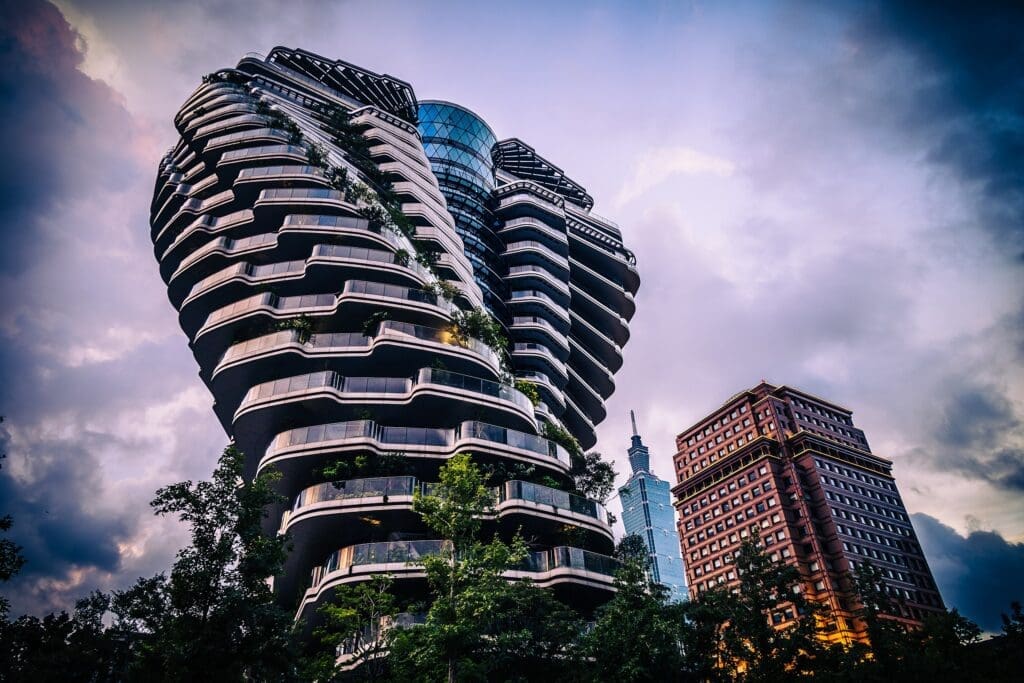
While the implementation of farmscrapers faces challenges such as high construction costs and technological demands, their potential to redefine sustainable urban living is substantial. As more cities look for innovative solutions to combat climate change and accommodate growing populations, farmscrapers and vertical gardens may become a central part of urban planning.
Creation of Sustainable Urban Living Space
Vertical gardens present a forward-thinking approach to sustainable urban living, offering significant environmental, economic, and social benefits. While challenges such as maintenance costs and structural requirements persist, successful projects around the world demonstrate their potential to reshape cities. With advancements in technology and urban agriculture, the concept of farmscrapers introduces an exciting new chapter in the integration of nature into cityscapes, pointing towards a greener and more self-sufficient urban future.
Sources:
[1] https://www.mdpi.com/2673-4672/4/1/7
[2] https://hcinc.org/vertical-gardens-maximizing-green-spaces-in-nyc-offices/
[3] https://www.landscapeperformance.org/fast-fact-library/green-walls-noise-reduction
[4] https://tipp-zum-bau.de/fassadenbegruenung/
[5] https://www.archdaily.com/777498/BOSCO-VERTICALE-STEFANO-BOERI-ARCHITETTI
[6] https://www.stefanoboeriarchitetti.net/en/press-release/welife-bosco-verticale/
[7] https://www.architectureanddesign.com.au/news/the-story-behind-patrick-blanc-vertical-gardens-at
[8] https://www.archpaper.com/2013/10/worlds-tallest-vertical-garden-planned-for-sydneys-one-central-park-tower/
[9] https://www.domusweb.it/en/architecture/2014/10/13/one_central_park.html
[10] https://www.stefanoboeriarchitetti.net/en/news/nanjing-green-towers-plants-selection-for-the-first-vertical-forest-in-asia/
[11] https://www.oasiahotels.com/-/media/StayFarEast/Images/Oasia/Press-and-Media/Media-PDF/2021/PDF/260822-Hotel-Review-Oasia-Hotel-Downtown-Singapore.pdf
[12] https://konodesigns.com/urban-farm/
[13] https://newatlas.com/architecture/vincent-callebaut-tao-zhu-yin-yuan/



